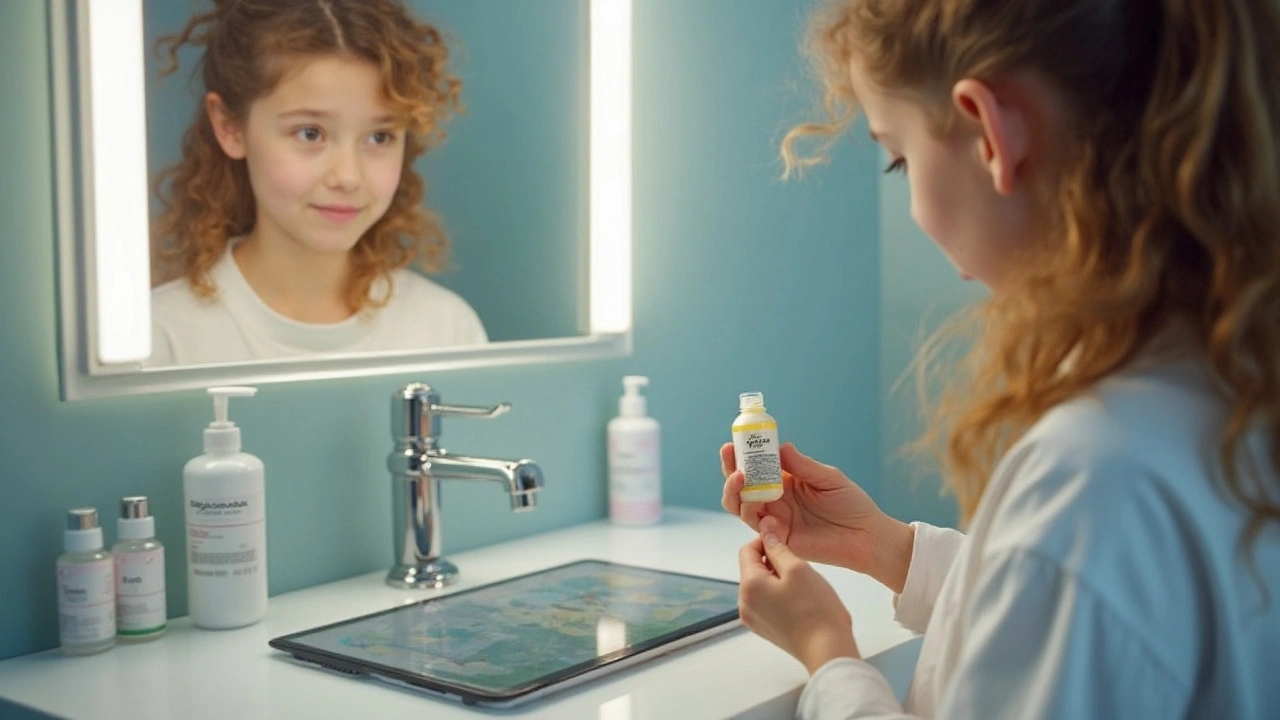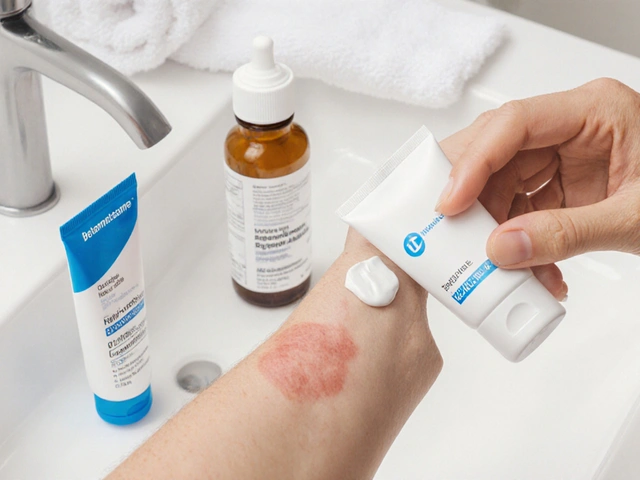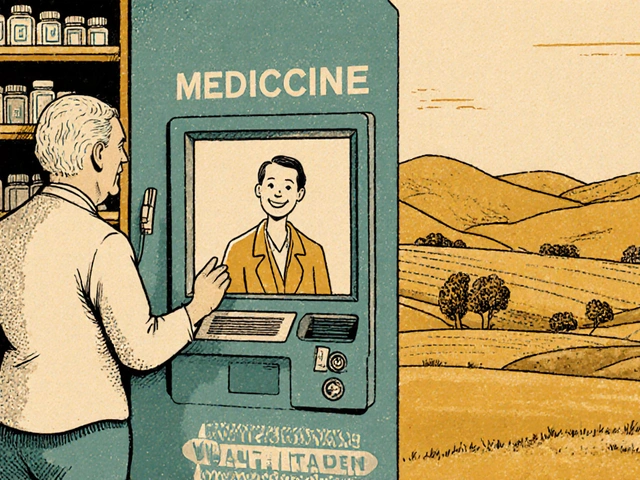Acne Treatment: Real‑World Tips to Get Your Skin Clear
Acne can feel like a never‑ending battle, but you don’t have to surrender. Whether you’re dealing with occasional breakouts or stubborn pimples, there are everyday steps that actually work. Below we break down the most useful treatments, from over‑the‑counter gels to prescription options, and give you simple lifestyle tweaks that can speed up healing.
Start With the Basics: Skincare Routine That Doesn’t Irritate
First, keep your routine short and gentle. Use a mild cleanser twice a day – no scrubbing, just a light massage and rinse. Look for ingredients like salicylic acid (BHA) or benzoyl peroxide at 2‑5% strength. These agents unclog pores and kill bacteria without stripping skin of its natural oils.
If you prefer a natural route, tea‑tree oil works as a spot‑treatment. Dab a tiny amount on a single pimple and let it dry. Consistency is key – you won’t see results after one day, but a week of steady use can calm redness.
When Over‑the‑Counter Isn’t Enough: Prescription Options
For moderate to severe acne, a doctor may suggest topical retinoids (like adapalene) that speed up cell turnover, or oral antibiotics that reduce inflammation. Hormonal pills can help women whose breakouts flare with their cycle.
In the toughest cases, dermatologists might prescribe isotretinoin (Accutane). It’s powerful, but requires close monitoring for side effects. If you’re considering it, ask about the needed blood tests and the strict birth‑control rules for women.
Don’t forget about professional treatments like chemical peels, laser therapy, or light‑based devices. These work best when combined with a solid home routine and can dramatically improve texture after several sessions.
Lifestyle Hacks That Actually Reduce Breakouts
What you eat matters more than many think. High‑glycemic foods (white bread, sugary drinks) can spike insulin and worsen acne. Try swapping them for whole grains, leafy greens, and lean protein.
Stress is another hidden trigger. When you’re stressed, your body releases cortisol, which can increase oil production. Simple stress‑relief habits – a daily walk, short meditation, or a few minutes of deep breathing – can keep cortisol levels in check.
Sleep, too, is a silent skin‑helper. Aim for 7‑8 hours each night; lack of sleep interferes with skin repair and can lead to more breakouts.
When to See a Professional
If you notice painful cysts, persistent nodules, or acne that’s scarring your skin, book an appointment. Early intervention can prevent permanent marks. A dermatologist can tailor a treatment plan that blends prescription meds with in‑office procedures for the fastest, most lasting results.
Remember, acne is common and treatable. By sticking to a gentle routine, using the right meds, and supporting your skin with healthy habits, you’ll see clearer skin without endless trial‑and‑error. Start with one or two changes today, and watch your complexion improve one day at a time.
Benzoyl Peroxide: Deep Dive Into Its Skincare Superpowers and Uses
Explore the science, effectiveness, and safety of benzoyl peroxide for acne, industrial uses, and more. Learn practical tips, fun facts, and real data.





